Operationalising Industrial AI in Critical Infrastructure
Executive Summary
The infrastructure sector is flooded with AI pilots—proofs of concept that never scale, never integrate, and never deliver business outcomes. The problem is not ambition, but execution. Pulse Infra works with clients to bridge the gap between isolated AI models and enterprise-grade AI pipelines. This whitepaper outlines a pragmatic, implementation-first approach to embed AI into daily decisions, asset strategies, and performance workflows—turning hype into habit.
AI Pilots Are Not AI Strategies
Across energy, transport, water, and aviation, AI is touted as the future of infrastructure management. But most deployments remain stuck in innovation labs—untethered from operations, maintenance, and investment decision-making. Pulse Infra’s clients face a common challenge: how to embed AI into real-world tools, roles, and reporting lines. This paper lays out the path from prototype to production.
1. Barriers to Scalable AI Adoption
AI fails to move beyond pilot stage due to:
– Poor problem framing and unclear success metrics
– Data availability or quality gaps across OT and IT systems
– Lack of business ownership or frontline buy-in
– Models developed in isolation from user workflows
– Over-focus on accuracy, under-focus on interpretability and usability
2. Pulse Infra’s AI Operationalisation Framework
We apply a pipeline model for industrial AI, focused on delivery:
1. **Problem-Driven Design:** Define AI goals through pain points in failure response, planning, or decision bottlenecks
2. **Industrial-Ready Data:** Integrate asset, work order, and sensor data with quality and governance filters
3. **User-Centric Model Development:** Co-create features, thresholds, and alerts with engineers, not just data scientists
4. **Pipeline Integration:** Deploy into CMMS, GIS, or control systems via APIs, dashboards, and logic triggers
5. **Continuous Learning:** Monitor performance, retrain models, and validate outcomes using field data and frontline feedback
3. Where It Works: Pulse Infra AI Outcomes
– A national water utility moved from reactive pump failure response to predictive maintenance using Pulse’s AI-integrated work order system—cutting unplanned downtime by 31%.
– A GCC airport operator embedded Pulse’s ML-driven queue prediction model into passenger flow control—reducing average wait times by 18%.
– A rail network authority adopted Pulse’s anomaly detection engine within its SCADA feeds—identifying 14 previously unlogged faults per month and initiating auto-generated inspections.
4. Trustworthy AI Requires Governance at Scale
Scaling AI is not just a tech issue—it’s a leadership issue. Pulse Infra advises clients on:
– AI use-case review boards and operational risk frameworks
– Model explainability and auditability in line with ISO/IEC 24029
– Human-in-the-loop decision approvals for safety-critical domains
– Skills uplift across engineering, IT, and data teams to sustain AI capabilities
We ensure that AI supports—not replaces—human judgment in infrastructure-critical environments.
Industry Voices on Scalable AI
“AI that doesn’t change decisions is just computation. It’s time we stopped funding experiments and started funding outcomes.”
– Nina Cole, Head of Applied AI, Urban Systems Institute
“Industrial AI must fit the workflow—not the other way around. Production-grade AI is always built hand-in-hand with the user.”
– Kamal Haider, CTO, Future Transport Intelligence Group
Conclusion: From Lab to Line-of-Sight
Pulse Infra helps infrastructure clients break out of AI pilot purgatory and embed intelligence into everyday operations. Our AI pipelines are built for uptime, adoption, and value—not just innovation headlines. If you’re serious about AI that delivers, Pulse Infra is your bridge from prototype to performance.
